A new Toyota Vios has been launched in Singapore and predictably, it’s identical to the Yaris Ativ sold in Thailand, albeit with a larger, more powerful engine.
That means it gets the same love-it-or-hate-it front fascia with slim upper grille and headlights paired to a massive lower grille with integrated LED daytime running lights. The sleeker body and neater rear end with broader tail lights are also carried over.
Ditto the interior, which features a more modern design and a three-spoke steering wheel from the Corolla Altis. Two variants are available – the entry-level E, priced at SG$89,988 (RM271,900) including COE and the more generously equipped G, retailing at SG$95,988 (RM290,000).
Standard equipment includes halogen reflector headlights, front fog lights, 15-inch alloy wheels, keyless entry, push-button start, an acoustic glass windscreen, tilt and telescopic steering wheel adjustment, fabric upholstery, a Toyota Telematics infotainment system and a reverse camera.
The Vios G adds projector headlights, LED daytime running lights, LED tail lights, 16-inch two-tone alloy wheels, a leather-wrapped multi-function steering wheel, single-zone automatic climate control, navigation, a 60:40 split-folding rear seat and a centre rear armrest with cupholders. Safety-wise, all models get seven airbags, ABS with EBD and brake assist, Vehicle Stability Control (VSC) and hill-start assist.
Unlike the Yaris Ativ, which has a 1.2 litre engine to comply with Thailand’s Eco Car rules, the Vios carries over the 2NR-FE 1.5 litre Dual VVT-i mill from before, making 105 hp at 6,000 rpm and 140 Nm of torque at 4,200 rpm. This powertrain – paired to a CVT with seven virtual ratios – was introduced on the Vios last year, and is capable of a top speed of 170 km/h and combined fuel consumption of 5.8 litres per 100 km.
- Image converted using ifftoany
Looking to sell your car? Sell it with Carro.

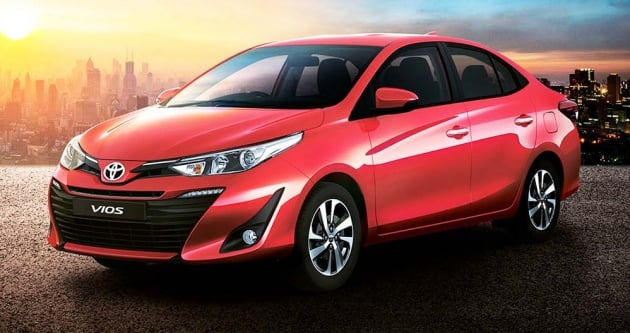




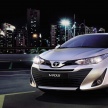
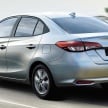



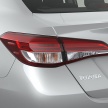

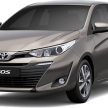

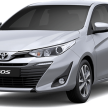

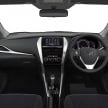
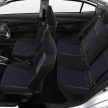

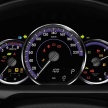
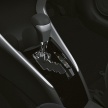




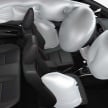
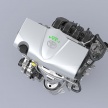




























AI-generated Summary ✨
Comments mostly focus on comparisons between the Toyota Vios in Singapore and Malaysia, highlighting higher prices in Singapore due to currency value and living costs, with some noting the car's relatively unchanged design and older engine. Many argue that despite higher salaries, Singaporeans still face expensive car ownership because of COE and other policies, suggesting Malaysian prices are more affordable. There’s skepticism about the new model's design and features, with some critics calling it ugly or unremarkable. A few comments touch on the general cost of living disparities, currency differences, and tax policies, emphasizing that despite earning more, Singaporeans pay more for cars, leading to opinions that Malaysia remains more budget-friendly for vehicle ownership. Overall, sentiments are mixed, with some praising the car and others criticizing its cost and design.